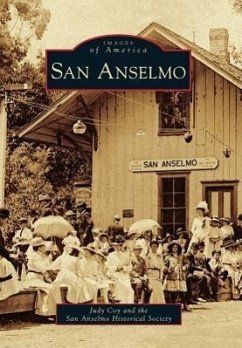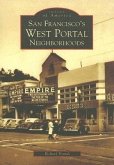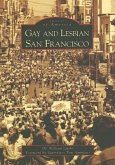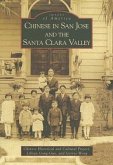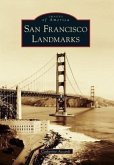San Anselmo has been a crossroads if not a center of activity from the days when the Coast Miwok inhabited the valley and fished the fresh waters of the creek. Red Hill, a town landmark, was the meeting point of three 1840s Mexican land grants. The rancho days had come to an end by 1875, when the North Pacific Coast Railroad completed its line, with its tracks branching east and west at San Anselmo. Railroad officials encouraged real estate activity, but it was not until the San Francisco Theological Seminary was completed in 1892 that the town began to grow. Incorporation followed in 1907, after refugees from the 1906 San Francisco earthquake and fire built permanent homes. The population grew in the years following World War II, but San Anselmo has remained a small, family town.
Hinweis: Dieser Artikel kann nur an eine deutsche Lieferadresse ausgeliefert werden.
Hinweis: Dieser Artikel kann nur an eine deutsche Lieferadresse ausgeliefert werden.

